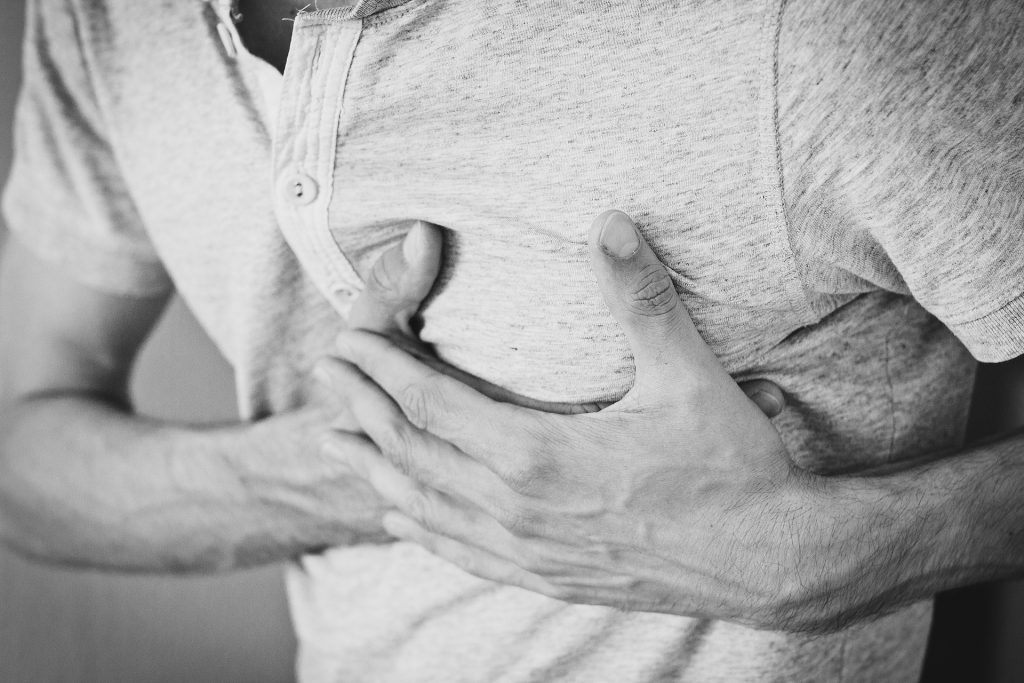 Would you know what to do if a loved one collapsed suddenly in front of you? Cardiovascular diseases are the most common cause of death in the world. CPR can be the difference between life and death. You can’t assume that someone else will step in – that’s why it’s so important to learn CPR. Getting certified is easier than you think. Reserve your spot now!
Would you know what to do if a loved one collapsed suddenly in front of you? Cardiovascular diseases are the most common cause of death in the world. CPR can be the difference between life and death. You can’t assume that someone else will step in – that’s why it’s so important to learn CPR. Getting certified is easier than you think. Reserve your spot now!
Lawrence Phillips, MD gives 5 reasons why everyone should be certified. Read the full blog post at Everyday Health, or read on for the highlights:
1. CPR Saves Lives
More than 300,000 people have cardiac arrests in the United States every year. Sudden cardiac arrest occurs when an electrical rhythm problem occurs and the heart is no longer able to pump blood effectively to the rest of the body. You might see a person suddenly collapse, lose consciousness, and stop breathing. The longer the body goes without circulation, the lower the chance of survival. By performing CPR, you are able to help the person’s blood keep circulating until an ambulance arrives and more advanced tools can be used. We know that the chance of surviving a sudden cardiac arrest increases significantly, by more than double, when CPR is started early.
2. CPR is Not Performed Enough
Would you be surprised to learn that bystander CPR is done in less than half of all out-of-hospital cardiac arrests? National statistics have shown that only 15 to 30 percent of people who experience sudden cardiac arrests outside of hospitals receive bystander CPR. When people are asked why they would not give CPR, a very common answer is that they never received training. Other concerns, such as doing harm to the person, doing harm to oneself, legal risks, or concerns about infection, often diminish once people learn proper CPR techniques.
3. You Don’t Have to Do Mouth-to-Mouth Resuscitation
Another reason people report they do not perform CPR is because of concerns performing mouth-to-mouth resuscitation. In 2010 the guidelines for performing CPR were changed, and they now say that those who do not feel comfortable, or who have not received formal training, should attempt hands-only CPR. We advocate performing chest compressions even without breathing assistance. Hands-only CPR has been shown to be just as effective for many adults who experience sudden cardiac arrest.
4. Hands-Only CPR is Easy to Learn
To perform hands-only CPR, place the heel of your hand on the center of the victim’s chest. Take your other hand and place it on top of the first, interlacing your fingers. Press down on the chest about two inches and release. You want to repeat this quickly, at least 100 times a minute. And don’t stop doing CPR until emergency services arrives at the scene – recent studies have found that people may have a better chance of surviving with normal brain function when CPR is continued up to 38 minutes or longer. There are many places to find online videos, as well as formal classes, to see CPR performed correctly. The goal is to find the learning technique that works best for you so that you are comfortable if you are in a situation where you can save a life!
5. Most Cardiac Arrests Occur in the Home
More than 85 percent of cardiac arrests take place at home. In my office at NYU Langone Medical Center, I frequently hear stories from patients about how their lives were saved because of CPR performed by a husband, wife, child, or friend. In fact, there has been a big push, led by the American Heart Association, to bring CPR training to schools, which can save even more lives. So take the challenge. If you don’t know CPR, learn CPR and gain the confidence in knowing that if you are ever needed, you too can save a life!
HeartCert CPR is your trusted training partner for First Aid and CPR in Minnesota. Find your CPR Class, PALS Class, BLS Class or ACLS Class at any of our Minnesota locations:
- HeartCert CPR Minneapolis
- HeartCert CPR St. Paul
- HeartCert CPR Burnsville
- HeartCert CPR Eden Prairie
- HeartCert CPR Richfield
- HeartCert CPR Woodbury
We also partner with Duluth, Mankato, Rochester, Appleton and Anchorage for select classes.



Leave a Reply